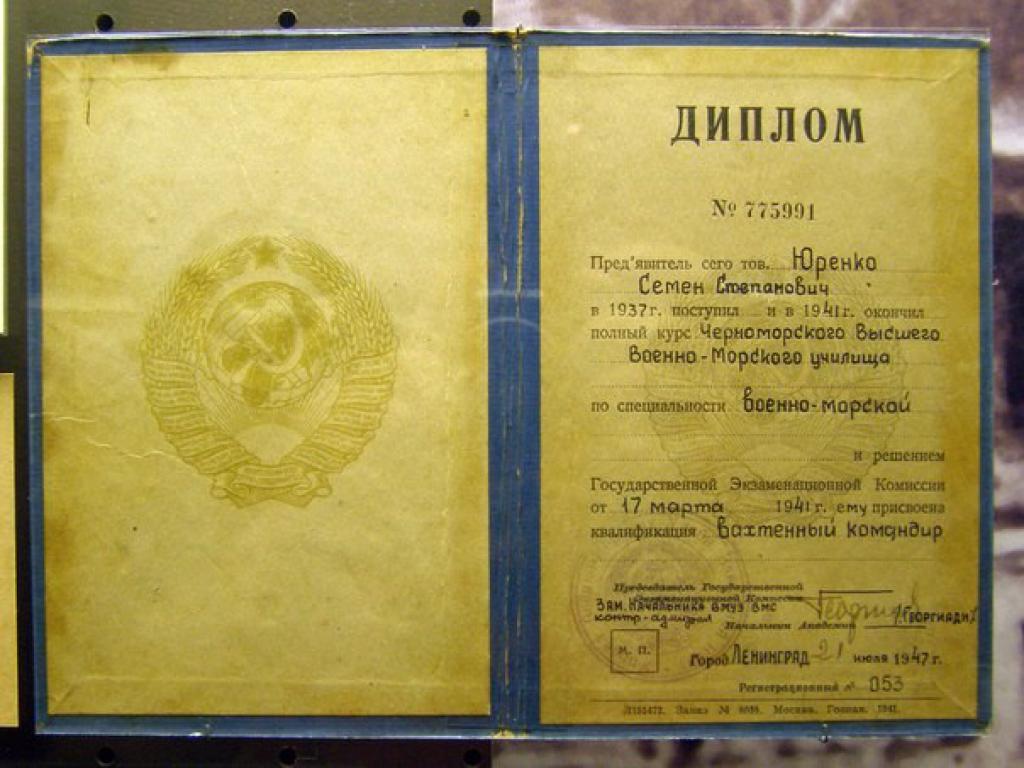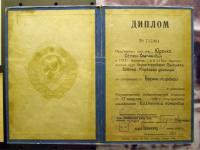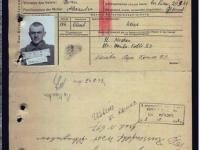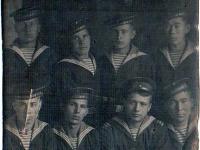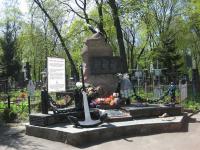Sailors of the Pinsk military flotilla in the defensive of Kiev
March 14, 2018
National Historical and Memorial Reserve "Babyn Yar"
From the first days of the war, the great forces of the German troops rushed to Kyiv. By mid-July 1941 German troops came to the approaches to the capital of Ukraine. Lands and rivers of the Dnipro basin became the scene of the ruthless struggle against the enemy.
The Pinsk Military Flotilla was formed on July 17, 1940, on the basis of ships and parts of the Dnipro Military Flotilla, which was disbanded at the end of July of the same year (Commander - Rear Admiral DD Rogachev, Chief of Staff - Captain 2nd rank G. I. Brahtman) From the first days of the German-Soviet war, the flotilla, together with the land forces begun to battle against the enemy along the rivers Pripyat and Dnieper. The flotilla numbered more than 100 warships and auxiliary ships that were involved in the defence of the Dnieper coast.
On July 14, 1941, on the base of the Pinsk military flotilla were formed the Pripyat, Berezinsky and Dnipro squads of the fighting river ships.
On August 21, 1941, the German Nazi troops received an order to surround and destruct of Soviet troops in the Kyiv region. To the north and south of Kyiv, fierce battles continued
Ships of the flotilla actively acted on the flanks of the Kyiv front, providing fire support to ground troops.
By August 30, the Germans took by storm both banks of the Dnieper south of the mouth of the Pripyat within 60 km. The ships of the Berezinsky and Pripyat detachments were cut off from the main forces of the flotilla. Seven ships were forced to break through with the battle, three of them died in the area of Pechkinsky Bridge. Monitors "Levachov", "Fliagin", the hospital ship "Kamanin" and the canonnière "Kremlin" broke through the zone of continuous fire created by the enemy near the bridge and arrived in Kyiv. Several ships remained in the area of the bridge across the river until the last day and continued to defend the retreat of the Soviet troops. Subsequently, without being able to break through to Kyiv, the ships were undermined, their personnel joined the infantry regiments and fought together with them on the land front.
From September 14, 1,300 sailors were sent to help the army units in the area of the Goloseevsky Forest. They repeatedly entered into battle against the great forces of the enemy.
In mid-September, after carrying out the task, the ships of the Chernihiv detachment could not descend downstream in the district of Kyiv and were undermined, and the personnel joined the land forces. Two groups of sailors were formed of the crews of the destroyed ships, totalling about a thousand people, who were concentrated in the Boryspil region, east of Kyiv. At this time, the Soviet troops that defended Kyiv were already surrounded. The rifle regiments and sailors of the flotilla went to a breakthrough. It was their last fight.
Only a few of them were lucky enough to break through the Nazi and to join with Soviet troops. Those who were encircled by German troops had a tragic fate. Without ammunition, wounded and exhausted fighters were captured.
This was a tragedy not only of the Pinsk military flotilla but also of all the troops that were defending Kyiv. Most of the sailors of this detachment died in battles.
The Kievans who survived the occupation mentioned the repeated shootings of the military sailors: "In February 1942, Nazi's invaders forced the wounded and exhausted sailors walk down the streets of Kyiv to the place of their execution, trying to scare the inhabitants of the city. But the Kyivites, who were present at the time on the streets of the city, did not see the fear in the eyes of doomed prisoners.
Nobody knows how many military sailors exactly was murdered in Babyn Yar in 1941-1942.
In the autumn of 2005, members of the Kyiv public organization "Society of Veterans of the Navy", headed by O.V. Marmashov, searched for the place of the battle of the sailors of the Pinsk military flotilla in September 1941. It is a large field to the southwest of the village Ivankov Boryspil district. On this field, according to the memoirs of war veterans, local residents and, according to archival materials, more than 200 sailors heroically died in their last fight.
